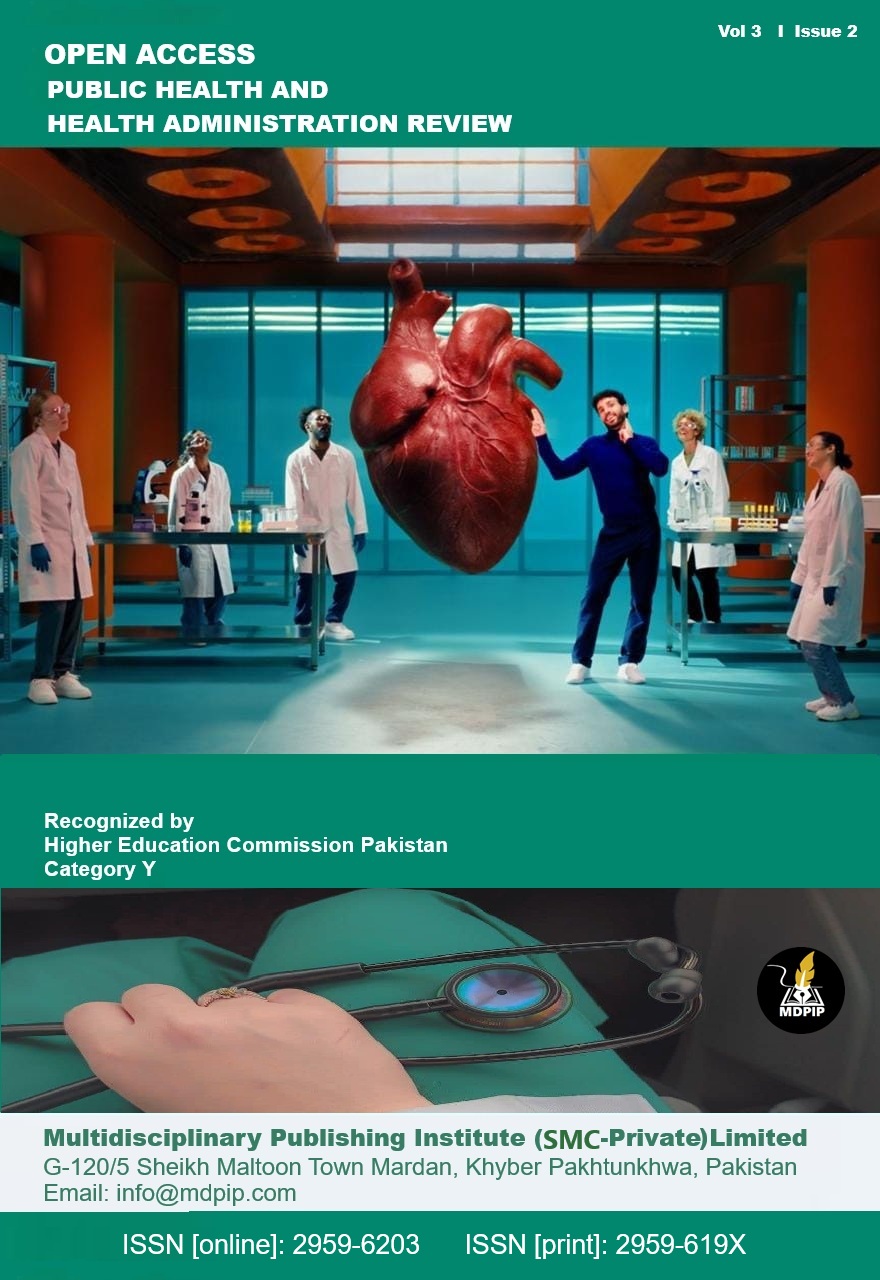Workforce Productivity as a Central Mechanism in the Relationship between HPWS and Performance of Project-based Firms
DOI:
https://doi.org/10.59644/oaphhar.3(2).216Keywords:
Ability, Motivation, HPWS, Workforce Productivity, Project-Based OrganizationsAbstract
This study explores the intermediary mechanism of workforce productivity in the link between High-Performance Work Systems (HPWS) and organizational performance. Grounded in the AMO framework, it posits that HPWS practices categorized as ability, motivation, and opportunity-enhancing directly increase productivity, which then mediates firm performance. Empirical evidence from 472 IT professionals in Pakistan supports all hypothesized relationships. The research design for this study is rooted in a quantitative framework aimed at objectively examining the impact of various factors on organizational performance within project-based IT companies. This design allows for the collection and analysis of numerical data, facilitating the identification of patterns, correlations, and causal relationships. A multi-stage sampling technique was utilized to gather information from participants in this study. In the first stage, we employed a random sampling method to select companies registered with the Pakistan Software Houses Association for IT and ITES (PASHA). A sample size of 306 out of the 1300 IT companies registered with PASHA was calculated using the Taro Yamane sampling technique, with a sampling error of 5%. The findings offer valuable insights for managers in project-based environments, advocating for tailored HPWS to achieve sustainable competitive advantage through a more productive workforce.






